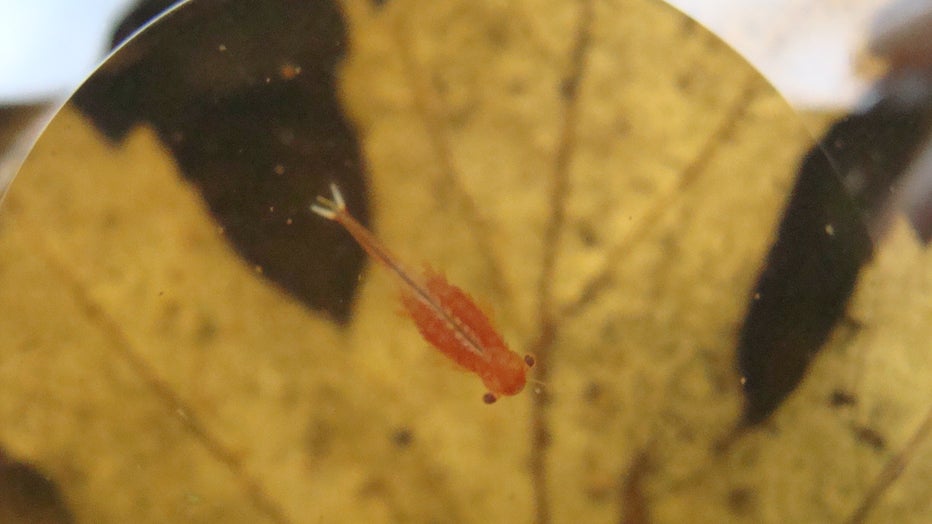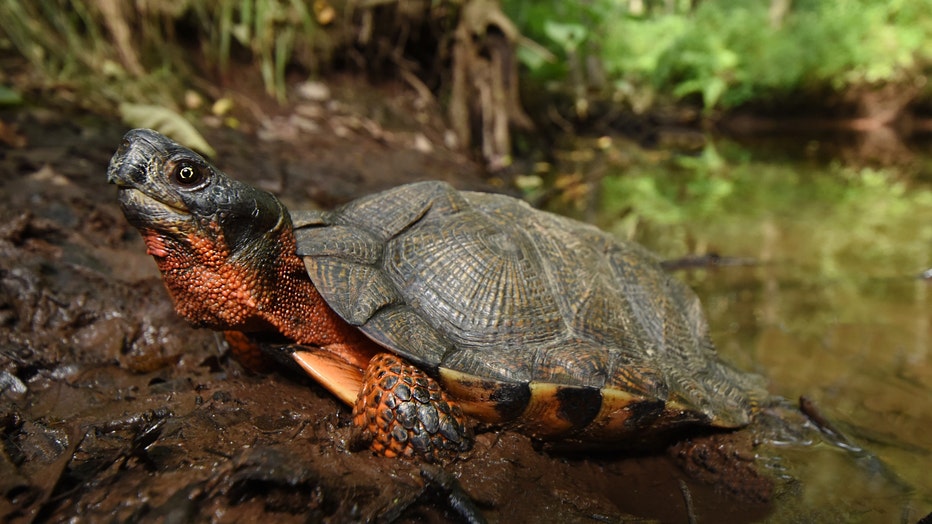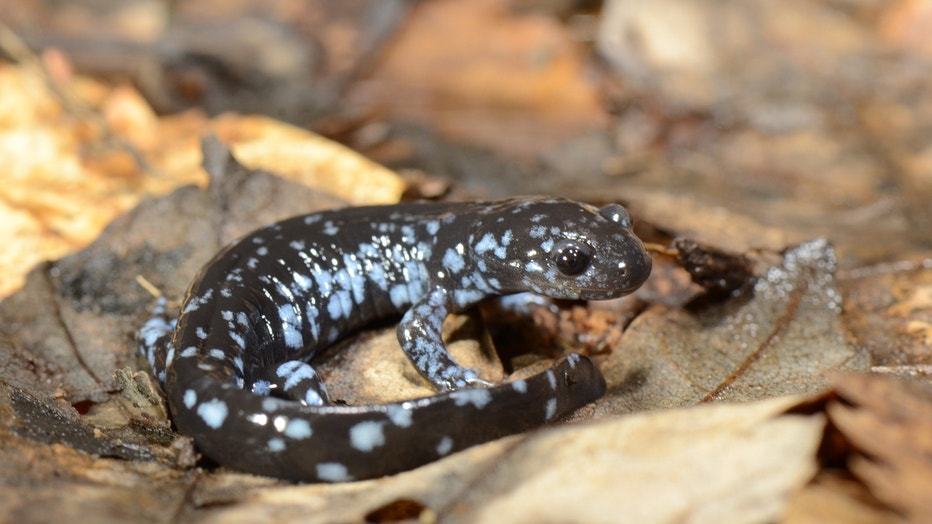Scientists seek more knowledge of Vernal Pools, Michigan's coral reefs
Vernal Pool in the spring. Courtesy Of Pools and People (Credit: Dawn Morgan)
(FOX 2) - If there's one thing scientists understand about Michigan's vernal pools, it's that they don't understand them nearly enough.
They look like many of the state's wetlands, but only for part of the year. They're inhabited by several kinds of crustaceans, including a unique species of shrimp found only in vernal pools. It's also unclear just how many exist in Michigan.
There isn't even a clear definition of what the phenomenon actually is.
"We still struggle with some areas about whether to call them vernal pools," said Yu Man Lee, a conservation scientist.
There is some consensus about what classifies as a vernal pool, mostly dealing with when they're filled with or dried up. It includes a shallow depression that fills up with water in the spring and sticks around for at least two months before drying up in the late summer or early fall.
It also can't have a permanent connection to a water source.
"Then if you hear frogs or salamanders near them, that's a good indication it's a vernal pool," Lee said.
Lee works with the Conservation Stewards Program at MSU Extension where she studies a variety of environments wildlife. Her work on vernal pools is helping to inform a larger effort to better understand these temporary wetlands, including the animals that use them and their role in the larger ecosystem.
It's no easy task since much of the state's population isn't aware vernal pools even exist.
"Nature is tricky and there's this variability among vernal pools that only adds to their complexity," Lee said.
Lee spoke with FOX 2 Photographer Coulter Stuart about the pools as well. You can watch the full interview here.
Part of what adds to the complexity is just how many animals and plants interact with the pools. When filled with water they're popular breeding spots for amphibians and birds. When empty, they're dormant nests waiting to burst with life.
Abby Pointer, who runs the Michigan Vernal Pools Partnership at the Michigan Nature Association calls them "Nature's Nurseries."
"There is still a lot to understand about them, but we know they're important since they're a critical breeding area for amphibians in forested landscapes," she said. "Also, there is no fish, which is important."
Fairy shrimp, dragon flies, tadpoles, snails, and fingernail clams would make for a tasty snack for fish. But since vernal pools aren't connected to any permanent water source, smaller aquatic species flourish without any natural predators to keep them away.

Fairy Shrimp. Courtesy Of Pools and People (Credit: Dawn Morgan)
Wood frogs, spotted turtles, and blue-spotted salamanders add to the pools' diversity. They're busiest around Mid-May. The croaks of frogs and toads during some evenings can make the surrounding area deafening. These larger organisms make for an important food source for raptors, herons, and snakes.
When the pools begin drying up in the summer, some amphibians move out while bottom-feeding organisms move in and consume detritus sitting at the bottom.
This makes for a productive few months when vernal pools spawn. Despite being around for only part of the year, these local food webs contribute mightily to Michigan's ecology.

Wood Turtle. Courtesy Of Pools and People (Credit: Dennis P. Quinn)
Pinning down just how significant the pools are hasn't been easy. For one, researchers have struggled to map the location of vernal pools - partly because many residents don't know they exist. That creates problems when someone decides they want to remove them.
"People are unaware of what they are, so they're subject to disturbance and destruction unknowingly," Pointer said, "and because of their size, they don't always fall under certain protections the state has."
They range in size from half-an-acre to five acres. The most productive pools are in forests with tree canopies and loamy soil that can hold more water. The southern portion of the state has more pools, while the northern regions where the soil is sandier have fewer pools.
The Vernal Pool Patrol has verified 871 of these sites, while more than 5,000 potential pools have been mapped. A interactive map on their website shows where these pools are located.
Efforts to track these pools were first funded through a wetland program development grant that sought baseline information about the pools in 2014. A partnership between public and private stakeholders then formed a year later.

Blue Spotted Salamander. Courtesy Of Pools and People (Credit: Dennis P. Quinn)
Other efforts include a citizen science model that asks anyone who thinks they've spotted a vernal pool to log the information with the partnership. The data can be uploaded using links here.
Beyond data collection, volunteers are also working with local governments and planning commissioners to account for the pools, a positive sign for Lee who has watched scientific understanding and public outreach grow in the past 10 years.
"It feels like it's getting momentum. We've started to turn the corner and make progress, helping more people contribute to help us get more data and better understanding," she said.

